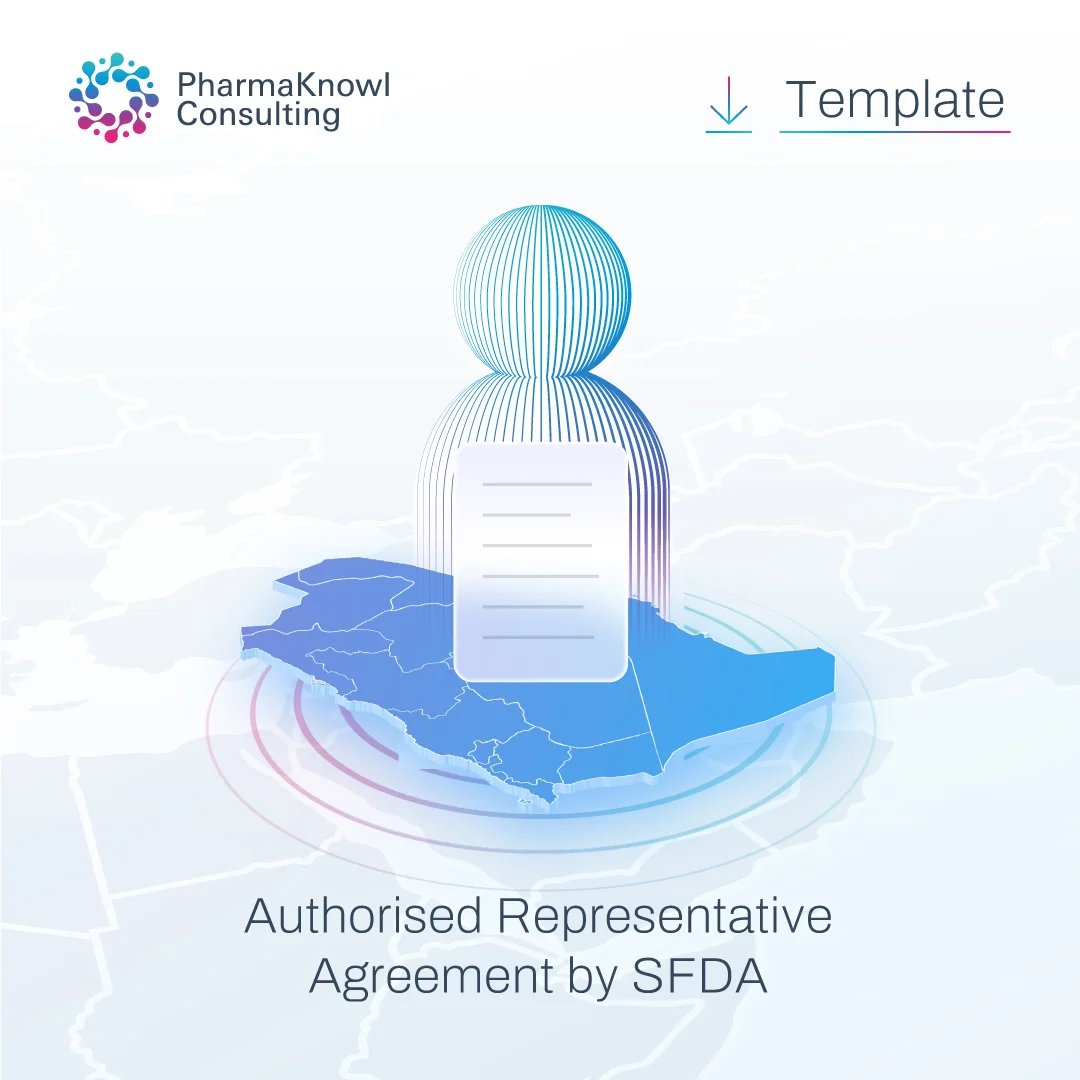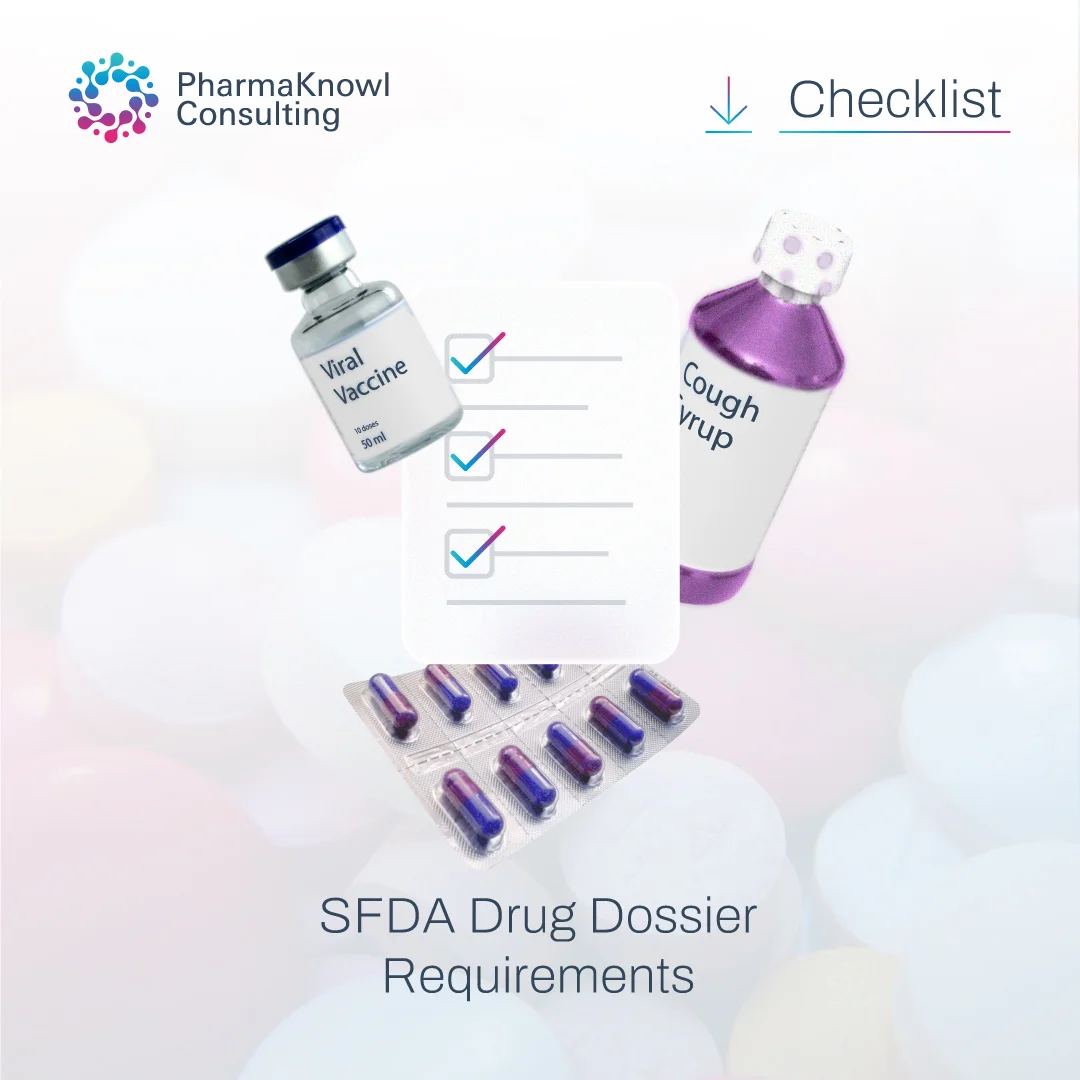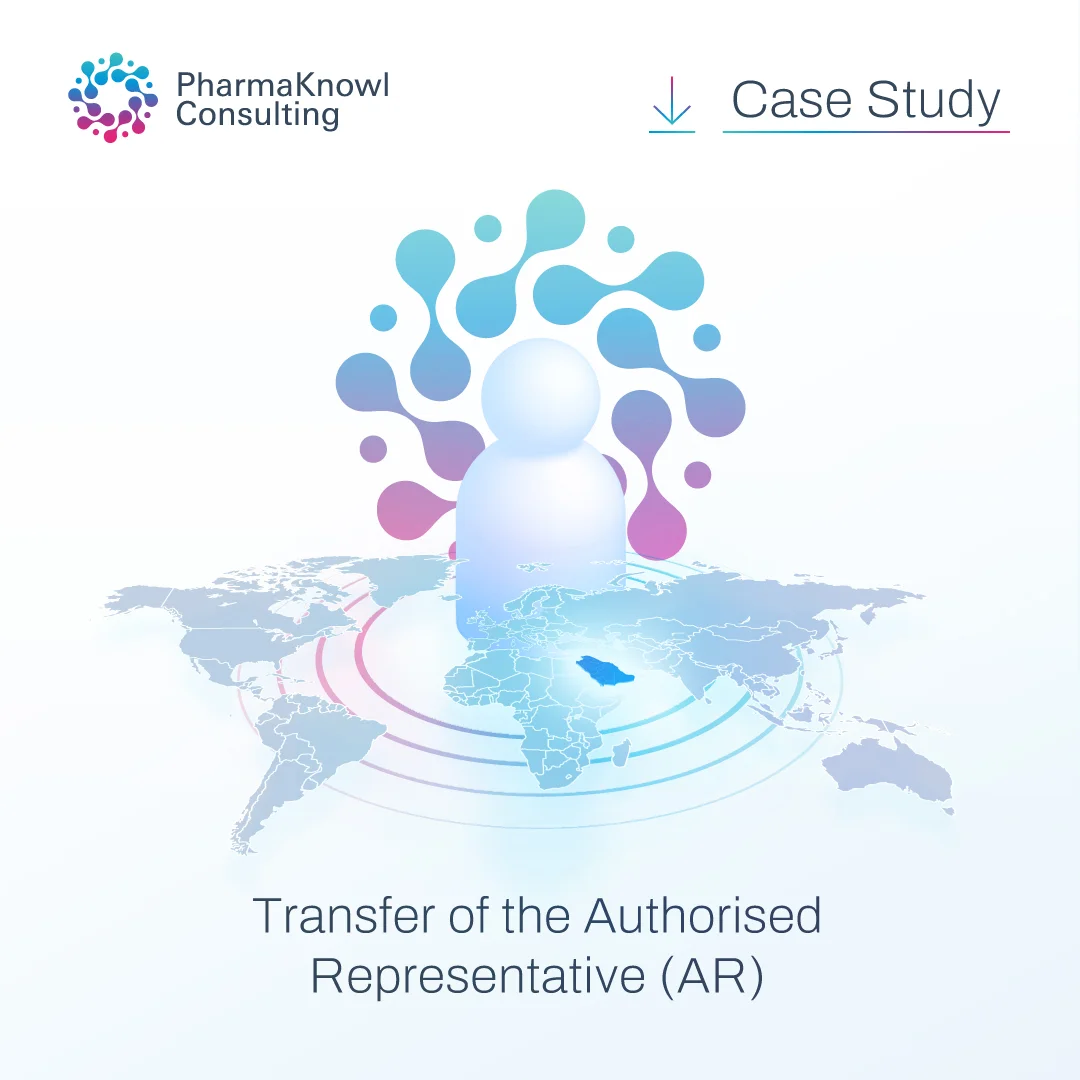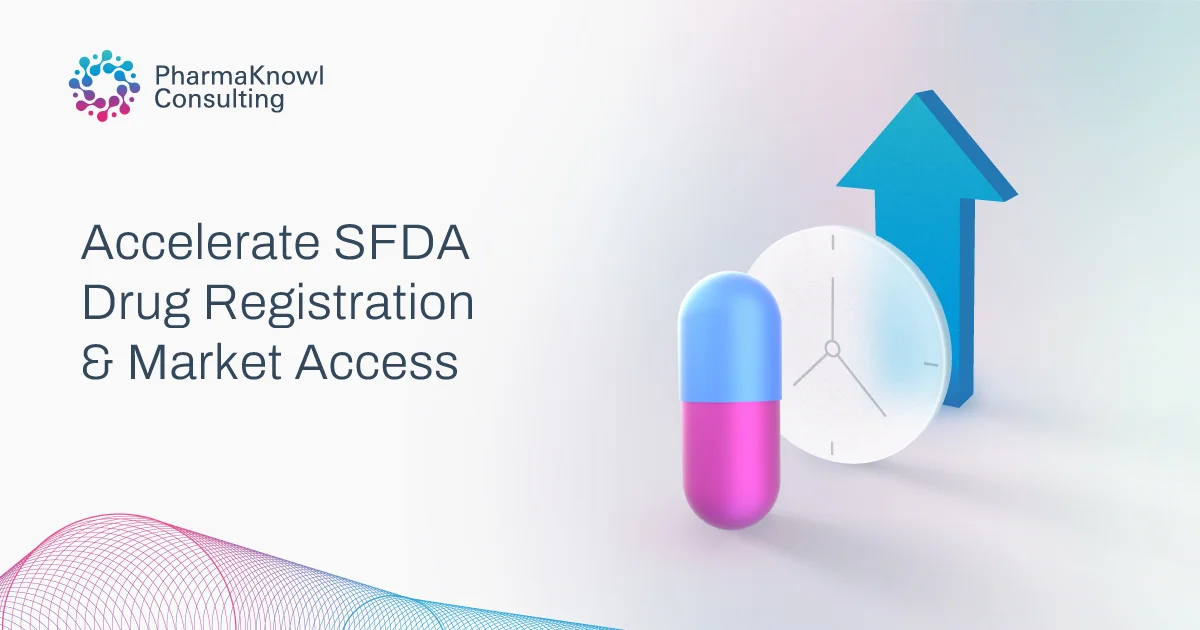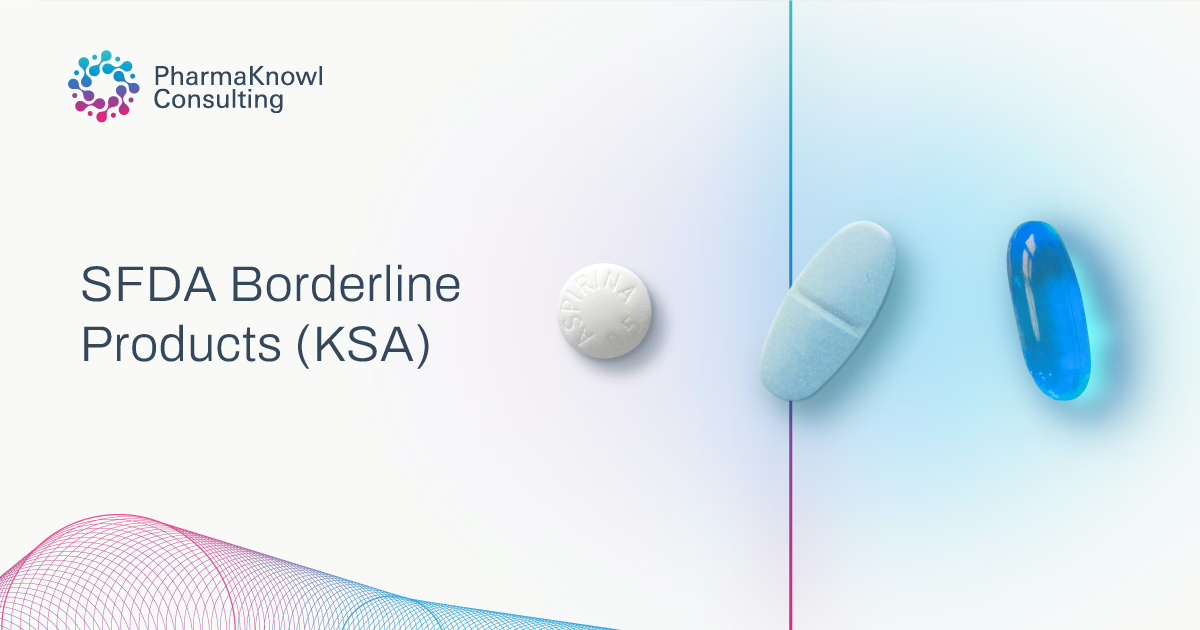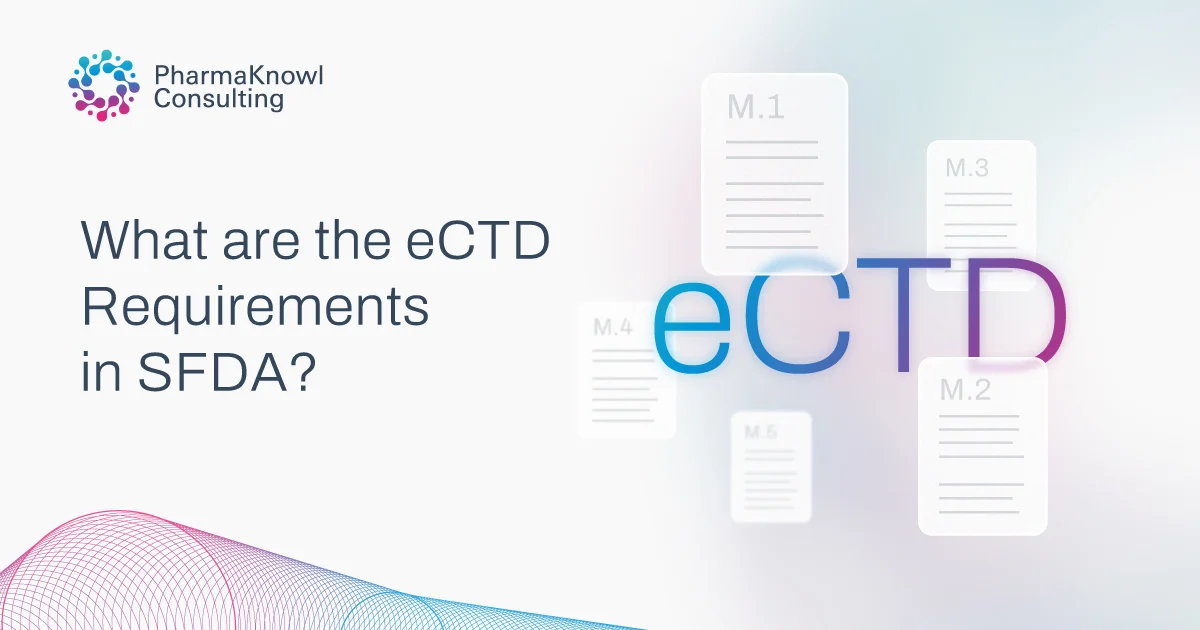High-quality clinical evidence is essential to secure a Marketing Authorization Application (MAA) in Saudi Arabia. In certain situations, literature-based submissions (LBS) are required, such as for generic drug applications without a registered reference product in the SFDA and new drug applications with a known active substance. Note that the exact SFDA drug registration requirements apply to such applications.
This article presents the rules of LBS based on existing clinical research, such as bioequivalence studies, watchful trials, and systematic reviews. This, in turn, makes it easy to evaluate and also saves time.
Table of contents
Examples of Literature-Based Submission
In the following situations, the SFDA allows literature-based submissions (LBS):
| Product Category | How is it defined? |
|---|---|
| Generic Drugs | A Generic Drug contains the same active ingredient as a reference product. If the reference is not registered with the SFDA, the applicant must rely on published clinical research (e.g., bioequivalence studies) to support the submission. |
| Known Active Substances | A Known Active Substance is an active pharmaceutical ingredient already authorized in Saudi Arabia and being applied for in a different form, strength, route of administration, or indication. KAS products mostly fall under the variations in the SFDA system. |
Application Process
Pre-Submission Meeting
Three months before they send in their application, applicants must meet with the SFDA to discuss:
- The rationale behind the application.
- Product type (new, generic, or Known Active Substance).
- Clinical data requirements.
- Literature search methodology
LBS Requirements for Published Clinical Research Data
All data submissions must follow the eCTD framework. The clinical research data needed for each application depends on the type of product:
For Generic Products
- With SFDA-registered Reference Product: Follow the SFDA bioequivalence guideline.
- With non-SFDA-registered Reference Product: Submit literature-based evidence according to the product’s worldwide registration status, using the electronic Common Technical Document (eCTD) format. Key sections include:
| Reference Product Status | Registered with SRA | Not Registered with SRA |
|---|---|---|
| Module 1 | Clinical expert info | Clinical expert info |
| Module 2 | ||
| • Product rationale | ✓ | ✓ (with market registration status) |
| • Biopharmaceutics | ✓ | ✓ |
| • Clinical pharmacology | ✓ | ✓ |
| • Efficacy & safety (Lit. review) | ✓ | ✓ (systematic review/meta-analysis) |
| • Literature search strategy | ✓ | ✓ |
| • Tabular listing of studies | ✓ | ✓ |
| • Serious AEs & PSURs | ✓ | ✓ (incl. post-marketing data) |
| • Benefit-risk evaluation | ✓ | ✓ |
| • Full-text references (PDFs) | ✓ | ✓ |
For Known Active Substance Product
- It applies when the active ingredient is approved but used in a new form, strength, route, or indication, often classified by the SFDA as a variation.
- The SFDA assesses each case individually. Ensuring all submissions meet the required standards and guidelines facilitates a smooth review process.
- The authority may accept literature-based evidence or request additional bridging studies where needed.
- Applicants shall submit a summary of previously published clinical research, including:
- Literature search methodology
- Study details (listing, results)
- Benefit-risk assessment
- Safety and efficacy conclusions
- Reference materials.
Literature Search
A scientifically valid literature search strategy is considered the key determinant of success.
- Step 1: Formulate a question using the PICO (Patients, Intervention, Comparison, Outcome) structure.
- Step 2: Search: Use standardized search terms MeSH in PubMed to make results comprehensive and precise.
- Step 3: Relevance screening: Apply inclusion/exclusion criteria. Document abstract/full-text review process.
- Step 4: Assess Study Quality: Apply a structured quality assessment (e.g., GRADE) to assess the strength and reliability of the selected studies.
- Step 5: Data Extraction and Analysis: Using a structured extraction template, conduct a double review and perform meta-analysis as applicable.
- Step 6: Report Findings: The data are summarized under clear headings: intro, methods, results, and discussion. There is also a key studies table and a complete reference list.
Registration Support
PharmaKnowl Consulting delivers expert regulatory guidance aligned with the SFDA’s new expectations for literature-based submissions. We support your submission eligibility, plus document organization per eCTD standards and overall compliance.
You may contact us at PharmaKnowl to help you navigate your journey toward success.
About the Author
Published by regulatory affairs team in PharmaKnowl, Riyadh office.
Resources
Services
Events

